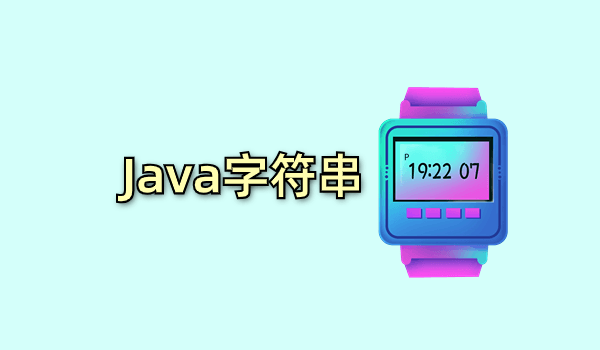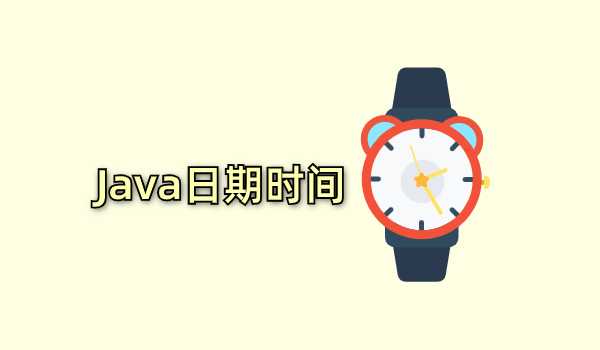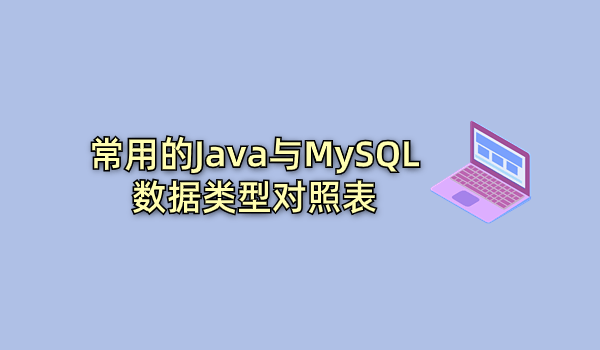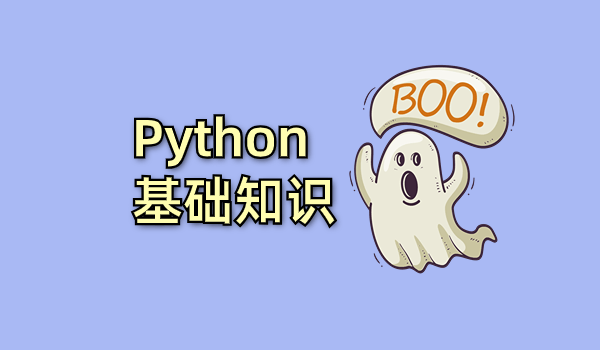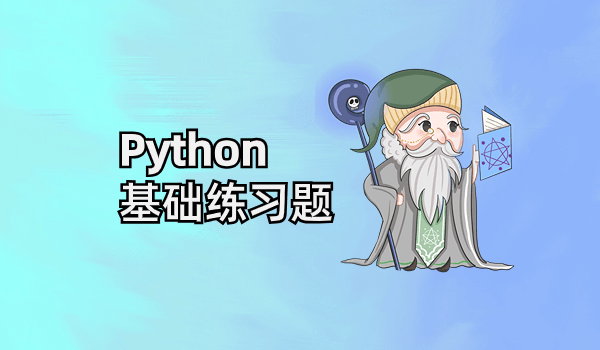本文介绍了ArrayList类、LinkedList类、HashSet类、TreeSet类、HashMap类、Collection工具类常用的成员方法。
ArrayList类:
- 集合是一种存储空间可变的存储模型,存储的数据容量可以发生改变。
- ArrayList集合的底层是数组实现的。
- ArrayList的长度可以变化。
常用方法:
| 方法名 |
说明 |
| public boolean remove(Object o) |
删除指定的元素,返回删除是否成功 |
| public E remove(int index) |
删除指定索引处的元素,返回被删除的元素 |
| public E set(int index,E element) |
修改指定索引处的元素,返回被修改的元素 |
| public E get(int index) |
返回指定索引处的元素 |
| public int size() |
返回集合中的元素的个数 |
| public boolean add(E e) |
将指定的元素追加到此集合的末尾 |
| public void add(int index,E element) |
在此集合中的指定位置插入指定的元素 |
代码演示:
1
2
3
4
5
6
7
8
9
10
11
12
13
14
15
16
17
18
19
20
21
22
23
24
25
26
27
28
29
30
31
32
33
34
35
36
37
38
39
40
41
42
43
44
45
46
47
48
49
50
51
52
53
54
55
56
57
| import java.util.ArrayList;
import java.util.Collections;
import java.util.Comparator;
import java.util.Iterator;
public class ArrayListDemo {
public static void main(String[] args) {
ArrayList<String> arrayList = new ArrayList<>();
arrayList.add("Tom");
arrayList.add("Lucy");
arrayList.add("Jack");
arrayList.add("Mike");
arrayList.add("aabyte");
System.out.println(arrayList);
System.out.println(arrayList.remove("Lucy"));
System.out.println(arrayList);
System.out.println(arrayList.remove(2));
System.out.println(arrayList);
System.out.println(arrayList.set(2,"AaByte"));
System.out.println(arrayList);
System.out.println(arrayList.get(1));
Collections.sort(arrayList);
arrayList.forEach(System.out::println);
Collections.sort(arrayList, new Comparator<String>() {
@Override
public int compare(String o1, String o2) {
return o1.compareTo(o2);
}
});
Collections.sort(arrayList, String::compareTo);
for(int i = 0; i < arrayList.size(); ++i){
System.out.println(arrayList.get(i));
}
for(String s : arrayList){
System.out.println(s);
}
Iterator<String> iterator = arrayList.iterator();
while(iterator.hasNext()){
String str = iterator.next();
System.out.println(str);
iterator.remove();
}
}
}
|
Vector和ArrayList的成员方法类似,不同之处在于:Vector线程安全、ArrayList非线程安全,但ArrayList性能更佳,所以单线程情况下推荐使用ArrayList。
LinkedList类:
LinkedList底层由双向链表实现,增删效率比ArrayList高,改查效率不及ArrayList。
代码演示:
1
2
3
4
5
6
7
8
9
10
11
12
13
14
15
16
17
18
19
20
21
22
23
24
25
26
27
28
29
30
31
32
33
34
35
| import java.util.Iterator;
import java.util.LinkedList;
public class LinkedListDemo {
public static void main(String[] args) {
LinkedList<String> linkedList = new LinkedList<>();
linkedList.add("Tom");
linkedList.add("Lucy");
linkedList.add("Mike");
linkedList.add("Jane");
linkedList.add("aabyte");
System.out.println(linkedList);
System.out.println(linkedList.remove());
System.out.println(linkedList);
System.out.println(linkedList.remove("aabyte"));
System.out.println(linkedList);
linkedList.set(1,"Java");
System.out.println(linkedList);
System.out.println(linkedList.get(1));
for (String s : linkedList) {
System.out.println(s);
}
Iterator<String> iterator= linkedList.iterator();
while(iterator.hasNext()){
System.out.println(iterator.next());
}
}
}
|
HashSet类:
代码演示:
1
2
3
4
5
6
7
8
9
10
11
12
13
14
15
16
17
18
19
20
21
22
23
24
25
26
27
28
29
30
31
32
33
34
35
36
37
38
39
40
| import java.util.HashSet;
import java.util.Iterator;
public class SetDemo {
public static void main(String[] args) {
HashSet<String> hashSet = new HashSet<>();
hashSet.add("Tom");
hashSet.add("Lucy");
hashSet.add("Jane");
hashSet.add("Mike");
hashSet.add("Tom");
System.out.println(hashSet);
hashSet.remove("Jane");
for(String s : hashSet){
System.out.println(s);
}
Iterator<String> iterator = hashSet.iterator();
while(iterator.hasNext()){
System.out.println(iterator.next());
}
HashSet<String> hashSet1 = new HashSet<>();
hashSet1.add("Tom");
hashSet1.add("Lucy");
hashSet1.add("Java");
hashSet1.add("Python");
hashSet.addAll(hashSet1);
System.out.println(hashSet);
hashSet.removeAll(hashSet1);
System.out.println(hashSet);
HashSet<String> hashSet2 = new HashSet<>();
hashSet2.add("Tom");
hashSet2.add("Mike");
hashSet2.retainAll(hashSet);
System.out.println(hashSet2);
}
}
|
TreeSet类:
其构造器可以传入比较器,所以TreeSet常用来排序。
代码演示:
1
2
3
4
5
6
7
8
9
10
11
12
13
14
15
16
17
18
19
20
21
22
23
24
25
26
27
28
29
| import java.util.Comparator;
import java.util.TreeSet;
public class TreeSetDemo {
public static void main(String[] args) {
TreeSet<String> treeSet = new TreeSet<>();
treeSet.add("Tom");
treeSet.add("Lucy");
treeSet.add("Jack");
treeSet.add("aabyte");
treeSet.add("Jane");
System.out.println(treeSet);
treeSet = new TreeSet<>(new Comparator<String>() {
@Override
public int compare(String o1, String o2) {
return o2.compareTo(o1);
}
});
treeSet.add("Tom");
treeSet.add("Lucy");
treeSet.add("Jack");
treeSet.add("aabyte");
treeSet.add("Jane");
System.out.println(treeSet);
}
}
|
HashMap类:
双列集合,以键值对的形式存储,key不可重复,value可重复。
代码演示:
1
2
3
4
5
6
7
8
9
10
11
12
13
14
15
16
17
18
19
20
21
22
23
24
25
26
27
28
29
30
31
32
| import java.util.HashMap;
import java.util.Hashtable;
import java.util.Map;
public class CollentionDemo3 {
public static void main(String[] args) {
HashMap<String, String> hashMap = new HashMap<>();
Hashtable<String, Integer> hashtable= new Hashtable<>();
Map<Integer,Student> studentMap = new HashMap<>();
studentMap.put(1, new Student("Jack","2011050721"));
studentMap.put(2, new Student("Tom","2011050722"));
studentMap.put(3, new Student("Jerry","2011050723"));
studentMap.put(4, new Student("Lucy","2011050724"));
System.out.println(studentMap.size());
for(Integer key: studentMap.keySet()){
Student s = studentMap.get(key);
System.out.println(s.getName());
}
for(Map.Entry<Integer,Student> entry:studentMap.entrySet()){
Integer i = entry.getKey();
Student s = entry.getValue();
}
System.out.println(studentMap.get(0));
int k = 1;
if(!studentMap.containsKey(1)){
studentMap.put(k, new Student());
}
studentMap.remove(1);
}
}
|
Student类:
1
2
3
4
5
6
7
8
9
10
11
12
13
14
15
16
17
18
19
20
21
22
23
24
25
26
27
28
29
| public class Student {
String name;
String id;
public Student() {
}
public Student(String name, String id) {
this.name = name;
this.id = id;
}
public String getName() {
return name;
}
public void setName(String name) {
this.name = name;
}
public String getId() {
return id;
}
public void setId(String id) {
this.id = id;
}
@Override
public String toString() {
return "Student{" +
"name='" + name + '\'' +
", id='" + id + '\'' +
'}';
}
}
|
Collections工具类:
- Collections 是一个操作 Set、List 和 Map 等集合的工具类。
- Collections 中提供了一系列静态方法对集合元素进行排序、查询和修改操作。
排序:
均为static方法。
- reverse (List):反转 List 中元素的排序;
- shuffle (List) : 对 List 集合元素进行随机排序;
- sort (List) : 根据元素的自然顺序对指定的 List 集合元素按升序排序;
- sort (List,Comparator) :根据指定的 Comparator 产生的顺序对 List 集合元素进行排序;
- swap (List ,int,int) :将指定 List 集合中的 i 处元素 和 j 处元素进行交换;
查找、替换:
- Object max ( Collection ) :根据元素的自然顺序,返回给定集合中的最大元素。
- Object max ( Collection , Comparator ) :根据 Comparator 指定的顺序,返回给定集合中的最大元素。
- Object min ( Collection ) :根据元素的自然顺序,返回给定集合中的最小元素。
- Object min ( Collection , Comparator ) :根据 Comparator 指定的顺序,返回给定集合中的最小元素。
- int frequency ( Collection , Object ) : 返回指定集合中指定元素的出现次数。
- void copy ( List dest , List src ) : 将 src 中的内容复制到 dest 中。
- boolean replaceAll ( List list , Object oldVal , Object newVal ) : 使用新值替换List对象的所有旧值。


